Jessica Spengler, 52, who used to translate Holocaust documents, said the rare new jobs she now gets are proofreading shoddy machine translations. She feels she is being “marginalized by technology.”
According to a survey by the Society of British Authors, more than a third of translators have lost their jobs because of generative AI, and 40% said their income has dropped. President Ian Giles said that “a huge change” has taken place in the past three years. Six months after ChatGPT launched, his workload dropped sharply. “Many colleagues quietly left the profession because they couldn’t pay the bills.”
From Google Translate to ChatGPT: a career shock
Automation has been creeping into translation for more than a decade. Google Translate, launched in 2010, cost the industry the equivalent of 28,000 jobs in the US, according to a study called Lost in Translation published this year. DeepL, a machine translation tool launched in 2017, is now used by 82% of language companies.
But the emergence of generative AI poses the biggest threat of all: according to the International Labour Organization (ILO), translators are among the professions “most threatened” by automation.
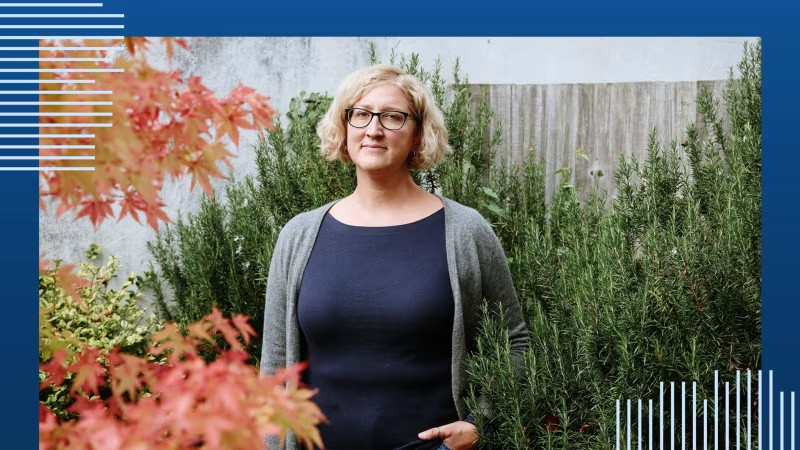
Companies like GlobeScribe.ai promise “high-quality translation” for as little as $100 per language for a book—a fraction of what human translators charge.
Spengler admits that she sometimes uses DeepL “like a dictionary.” However, she notes: “If you just want to understand, it’s fine. But with complex or specialized languages, it can get lost.” She refuses to take on contracts that involve “correcting machine errors,” because “it feels mentally destructive to be reduced to an AI proofreader.”
According to the Institute of British Linguistics, nearly half of translators have seen a significant decrease in workload, and 21% have seen a slight decrease. The trend of “machine translation post-editing” is on the rise.
When AI enters sensitive areas
Spengler said her biggest shock came when a long-time client—the administration of a former concentration camp—asked her to create a glossary so they could “translate their website with AI.” “They wanted me to render myself useless,” she said. “This was sensitive material, they needed to get it right.” She declined, saying “it was inhumane to expect a human to correct a machine.”
Even in academia, the stakes are clear. A scholar once asked her to proofread a machine translation of a book on German sociology. “I had to say straight out that there was no way to get a machine-readable translation of this kind of text,” Spengler says. “I realized then that even my own professional literary career was at stake.”
Not everyone is pessimistic. Karen Decker, former president of the Language Industry Association, says AI speeds up repetitive tasks. And DeepL founder Jarek Kutylowski says the tool “ opens up new uses like multilingual email” and helps translators “increase productivity and take on more projects.”
Ian Giles believes that some jobs could come back once customers understand the limits of AI. Researcher Pedro Llanos-Paredes, co-author of Lost in Translation, also said: “We will lose some skills, but we can focus on more subtle and valuable things.”
The fragile future of the translation profession
Spengler believes there will still be “a small, uncertain artisanal market.” With the proliferation of AI, she says, “you have to decide whether you want to do post-production for machines or you’ll have almost no work.”
Despite the difficulties, she has no plans to quit. “I hope I can translate until I retire – even if it’s just to survive.” But she worries about the new generation. Applications to language schools in the UK fell by more than 20% between 2019 and 2025. “They will have to deal with a lot of bad translation just to get a place,” Spengler confided.
(According to FT)
Source: https://vietnamnet.vn/ho-muon-toi-tu-khien-minh-that-nghiep-dich-gia-quay-cuong-truoc-con-loc-ai-2452150.html







![[Photo] Dan Mountain Ginseng, a precious gift from nature to Kinh Bac land](/_next/image?url=https%3A%2F%2Fvphoto.vietnam.vn%2Fthumb%2F1200x675%2Fvietnam%2Fresource%2FIMAGE%2F2025%2F11%2F30%2F1764493588163_ndo_br_anh-longform-jpg.webp&w=3840&q=75)
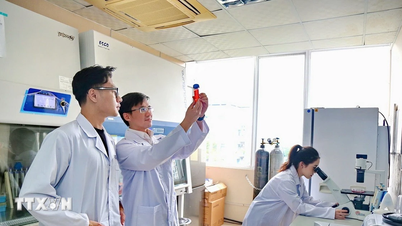



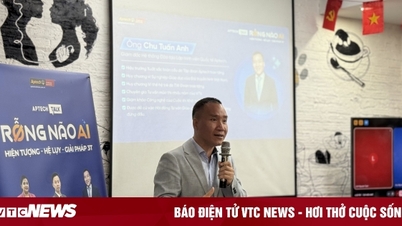
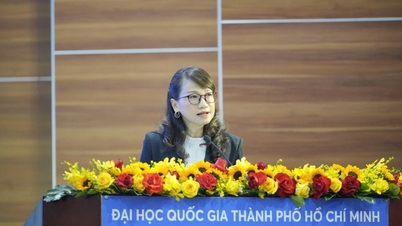

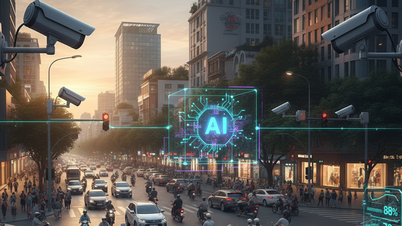

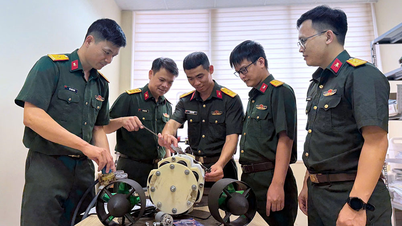

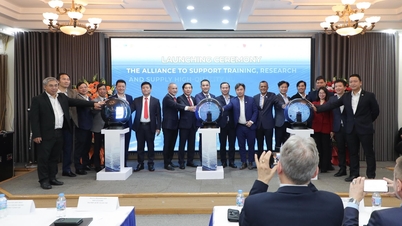

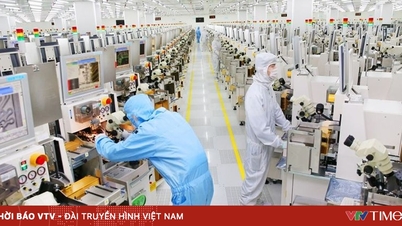

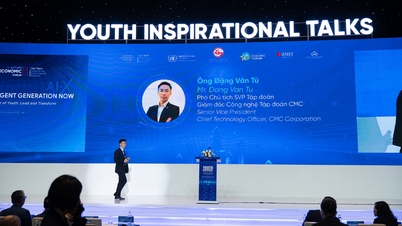
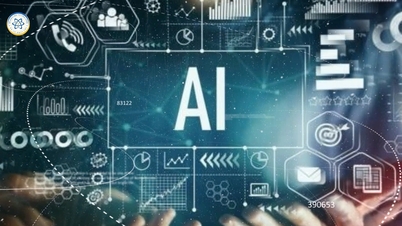


















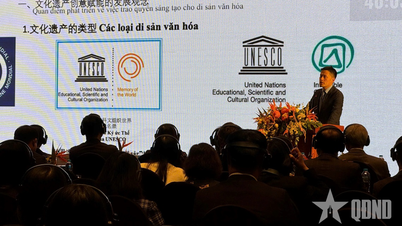
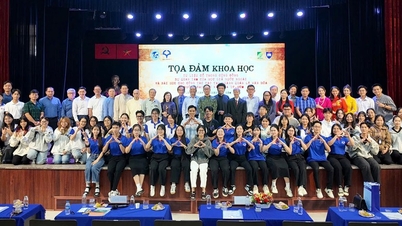








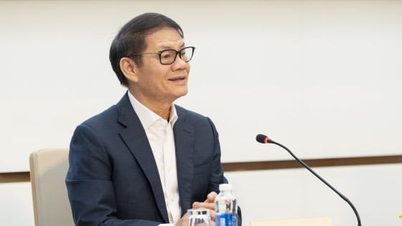

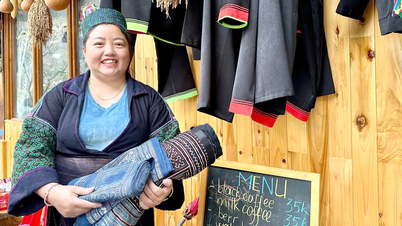



















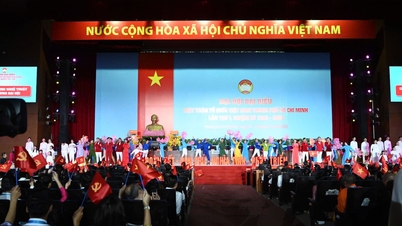






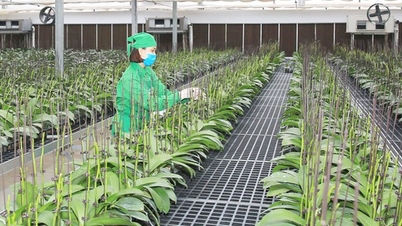





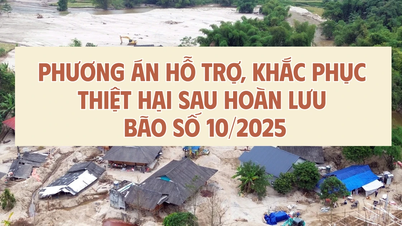






















Comment (0)